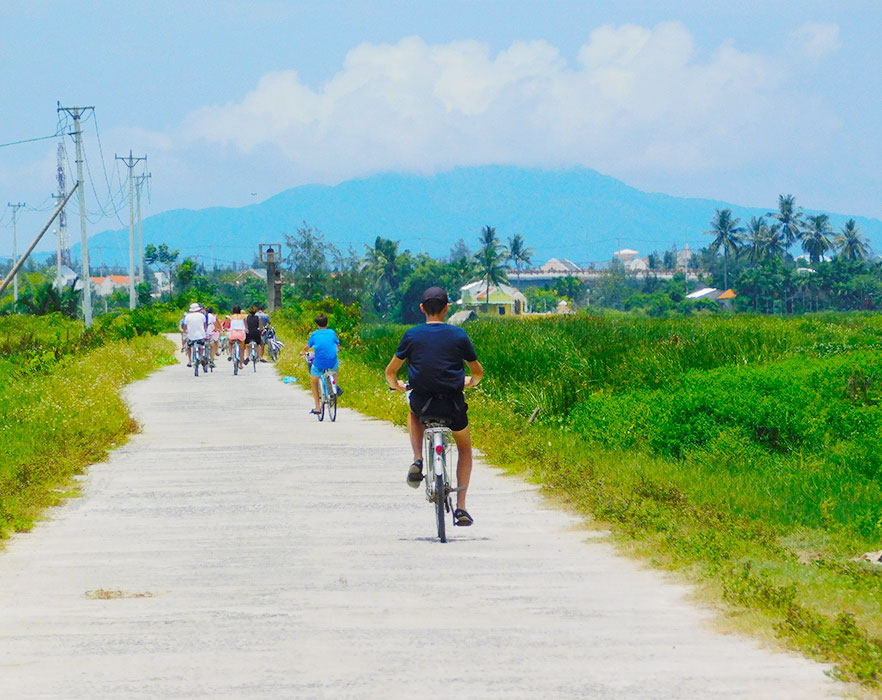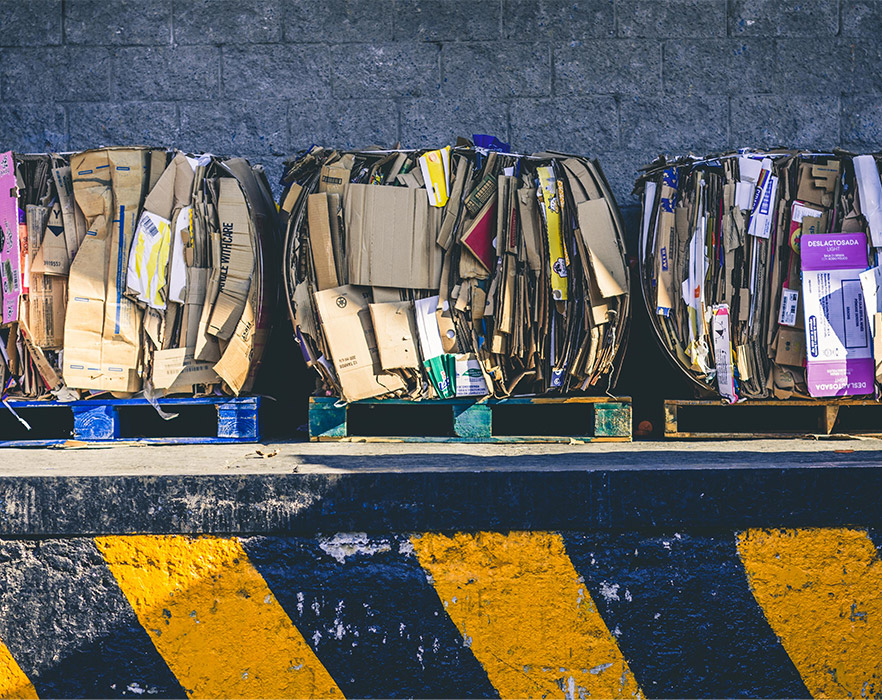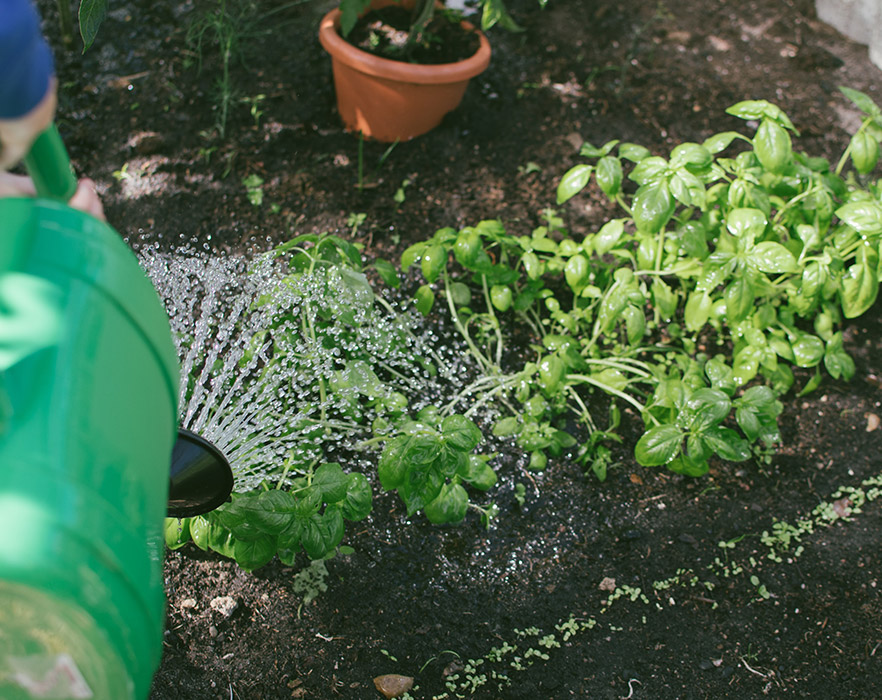This month, our main focus is offsetting our carbon footprint and helping you offset yours too. At the moment, flights account for 2.5% of global CO2 production. We know that to be able to teach English abroad you can’t avoid flying so, we’ve already started offsetting the carbon footprint from your flight by planting a tree for every TEFL Internship sold, but there are other things that you can do!
You can use websites such as www.carbonfootprint.com to calculate your carbon footprint, you’ll be surprised how high it is! So, firstly, let’s try and get this down!
How to reduce your carbon footprint in 7 easy steps
1. Drive less
This is generally an easy one for you to do whilst TEFLing as you probably won’t have a car in your TEFL destination anyway! We’re not just talking about walking and cycling more, but also catching buses, coaches and trains as these are designed to carry lots of passengers. More passengers = less emissions per person.
Pro tip – you should be able to buy or hire a bike in your local area or, if you’re lucky your school might provide one for you.
2. Eat less meat
If you’re a big meat eater we don’t expect you to cut out all meat right now, but cutting down on your meat consumption can have a huge impact on your carbon footprint. Rearing livestock accounts for around 14.5% of global greenhouse gas emissions – wow! If you eat only plant-based foods for one or two days a week, you’ll cut your carbon footprint down, leave more fresh water on the planet, reduce methane emissions and save land from being used for animal agriculture.
3. Eat local
Stop eating imported food! If you buy imported food and drink, your items will be transported on planes, boats and trucks just to get to your local supermarket. By eating local produce, not only are you cutting out on the CO2 from that journey, you’ll also get fresher food with fewer chemicals and pesticides – a no-brainer!
4. Use less water
Did you know, 96.5% of the water on earth is too salty for human consumption? We don’t have much water and we can’t make any more of it. Start by taking shorter showers, turn off the tap when you brush your teeth and don’t put things down the toilet to dispose of them – one flush can waste up to 5 or 7 gallons of water.
5. Use the 3 Rs
Reduce, reuse, recycle! We can’t say it enough – these 3 Rs are so important! Reduce the amount of waste you produce by reusing and recycling where possible!
6. Don’t buy “fast fashion”
This goes hand in hand with the 3 Rs. Many major clothing retailers practice “fast fashion”, which means selling an endless cycle of must-have, in fashion clothing. “Fast fashion” produces a huge amount of waste per year as fashion is naturally always changing. We’re not telling you to stop shopping, we want to be in fashion just as much as you! Buying second hand, vintage or reworked clothing is a great way to stay in fashion and save the earth.
7. Plant a garden
This may seem a silly one to suggest whilst you’re TEFLing as you might not have a garden or balcony. You can incorporate eco-conscious topics into your TEFL classroom though and, if your school allows it you can plant a garden there!
How to fully offset your carbon footprint
There are companies you can use to offset the rest of your carbon footprint once you have reduced it. They’ll calculate your carbon footprint, work out how much it will cost to fully offset your footprint and then use this money to invest in environmental projects around the world. Companies such as https://www.carbonfootprint.com and https://climatecare.org/ can do this for you!
These are just some of the ways you can reduce your carbon footprint. You don’t have to do all of them, but doing just a few of them them will help protect the place we call home. Remember, small actions = big changes. All that’s left to do is get started!
The post TEFL travel: offsetting your carbon footprint appeared first on i-to-i TEFL.







